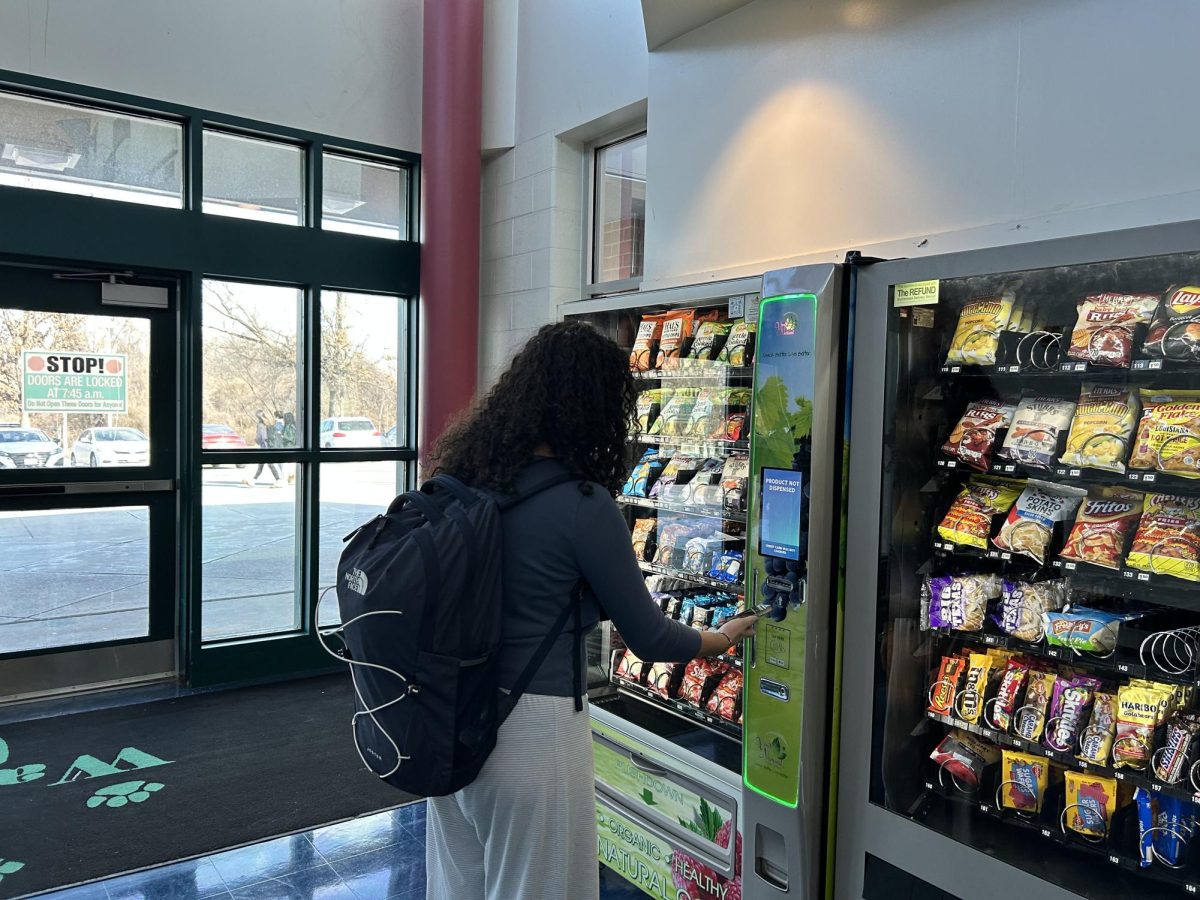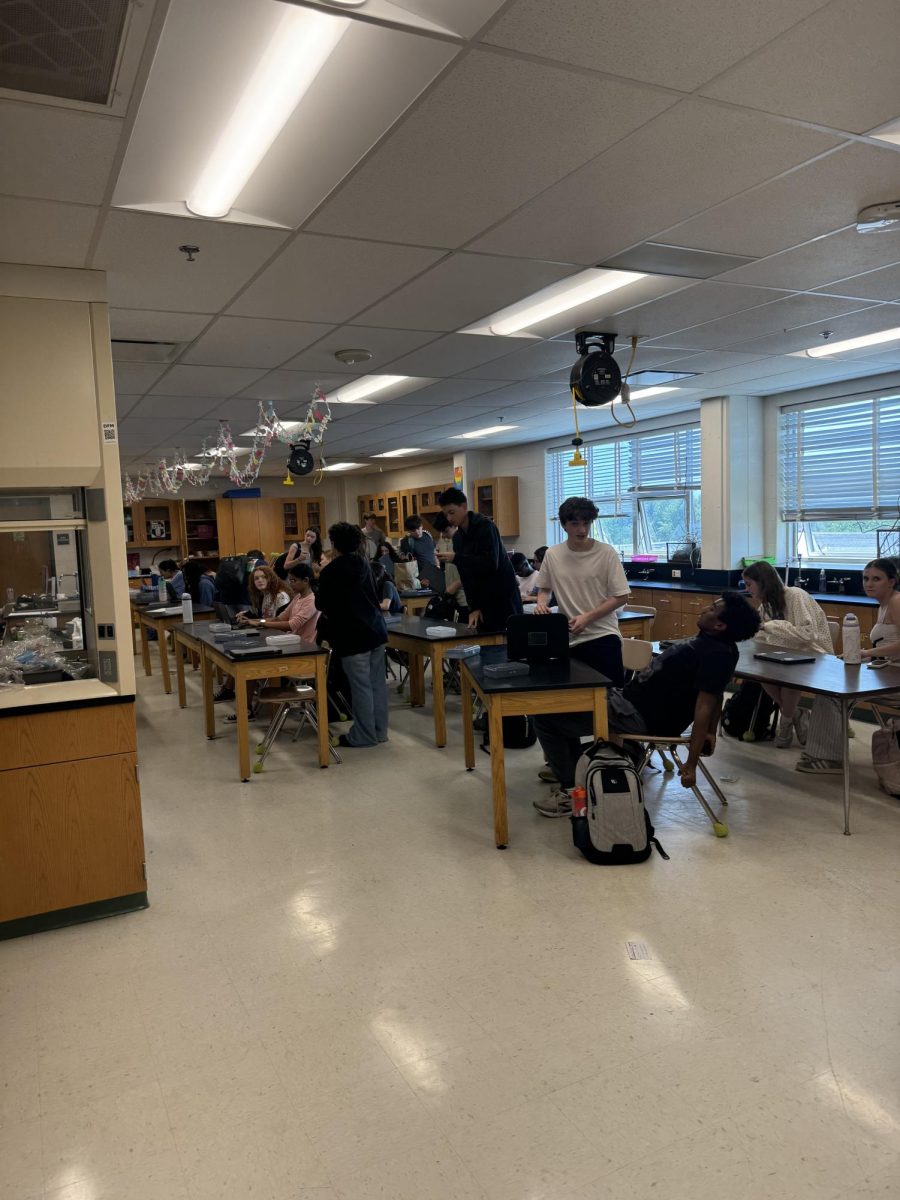Vending machines are an important part of WJ culture. It’s where students can get food without the need to leave the building or stand in the tedious cafeteria lines. Despite their necessity for the school experience, there is a lot of mystery behind them.
Location
Many students expressed confusion over the change of vending machine locations, with a majority of students uninformed about the reasoning behind it. In order to understand the change, there needs to be an understanding of how the locations of vending machines are decided.
It begins with the administration, led by Principal Nicole Morgan, in conjunction with the security team. They are faced with the task of making vending machines accessible but also less prone to interruption during school hours.
Last year in the second semester, the vending machines were dispersed all over the school but now they reside near the cafeteria or downstairs near the weight room. The recent changes are to make vending machines convenient but less distracting.
“We have them turned off during instruction because we were finding that students were spending too much time at the vending machines,” WJ business manager Deborah Teacher said.
Students had to then find ways to adjust to these changes. This change came with confusion and differing opinions regarding its convenience.
“The change is less convenient because I have to walk my friends from one vending machine to another, and we spend the whole lunch trying to find one,” sophomore Bruni Wang said.
Policies
The majority of the policies and keeping up with policies are in the hands of Montgomery County Public Schools, specifically the division of procurement. This leads to less control over items sold, upkeep and pricing, according to Teicher.
Another common mystery about the vending machines is when they are accessible. To many WJ students, it is common knowledge that vending machines are open during lunch hours, but there’s more than that one schedule.
Vending machines that are open during the school to follow state regulations and food standards. So, those machines with snacks like chocolate or chips have different schedules. By USDA Standards, those “Smart Snacks” are to be sold from midnight before the school day, and 30 minutes after the school day.
Vending machines are generally turned off during the instructional time. This is due to students spending a lot of time at vending machines at times when they were not supposed to.
Collaborations
MCPS would not be able to provide these vending machine services without their collaborators. The collaborator in which MCPS is in contract is Vend Natural, a healthy vending company. Vend Natural’s revenue is distributed to MCPS, but the specific terms are based on their agreement.
The types of snacks that Vend Natural gives out have to be in line with state food regulations. The Maryland Healthy Vending Machine Act states that at least 75% of products sold should be healthy. Those items can have no more than 0.5 grams of trans fat and no more than 200 milligrams of sodium per package. So they essentially give out food that you’d see in the cafeteria, with a few extra treats.
Nutrition
Vend Natural and the state of Maryland are the key factors when it comes to nutrition. Vend Natural carefully chooses its products in order to meet nutritional standards. The difficulty is finding a balance between giving students treats that they’ll buy and meeting state regulations as well.
These efforts, however, don’t have an intended reaction from the students, as they’re less likely to purchase nutritious products. This is due to a multitude of reasons.
“If you want to put healthier options, you’ve got to put good quality stuff, and you have to make the price more reasonable,” junior Jecintha Periyanayagam said.









